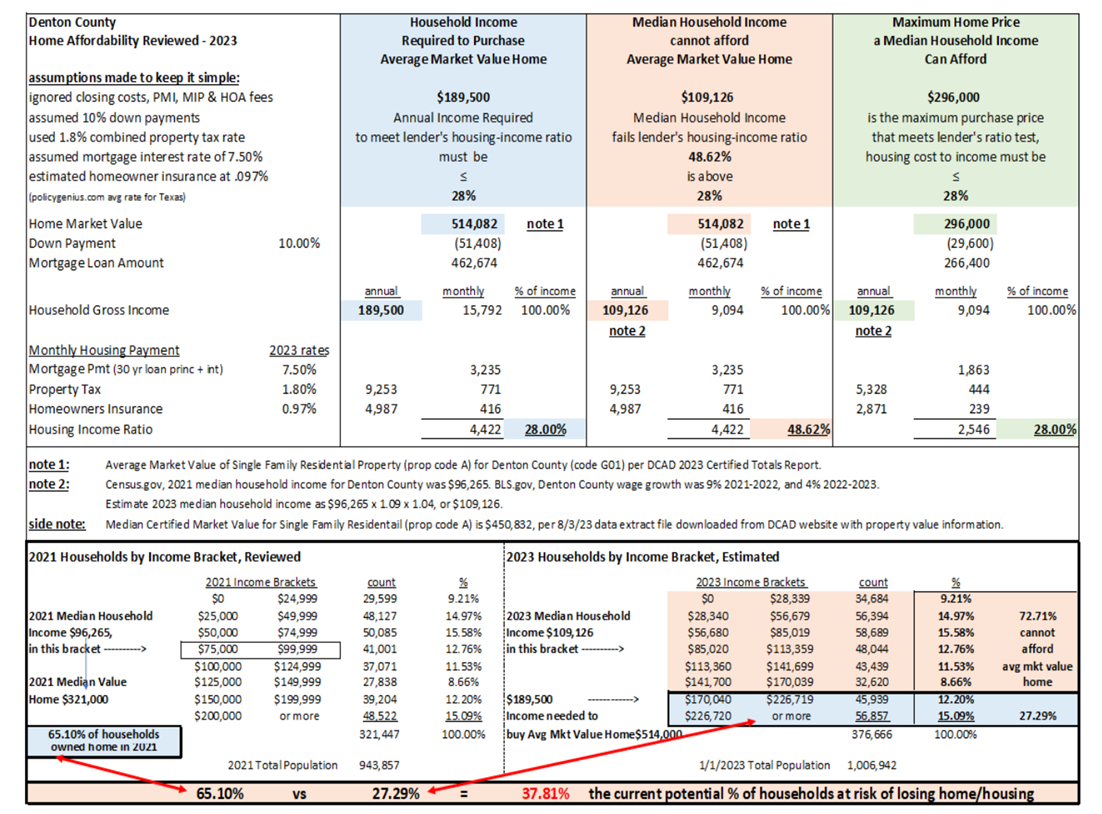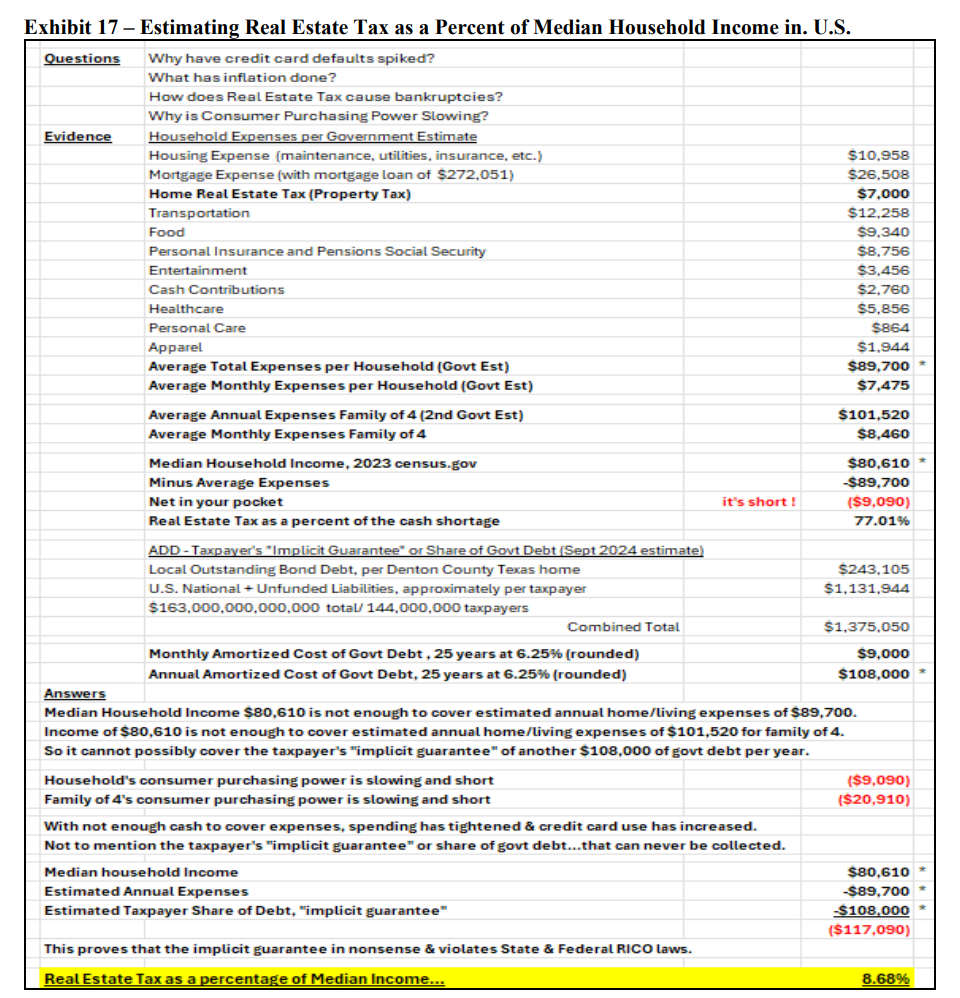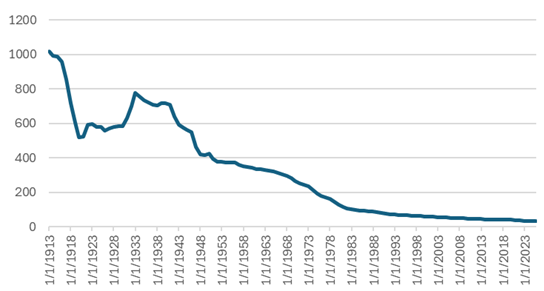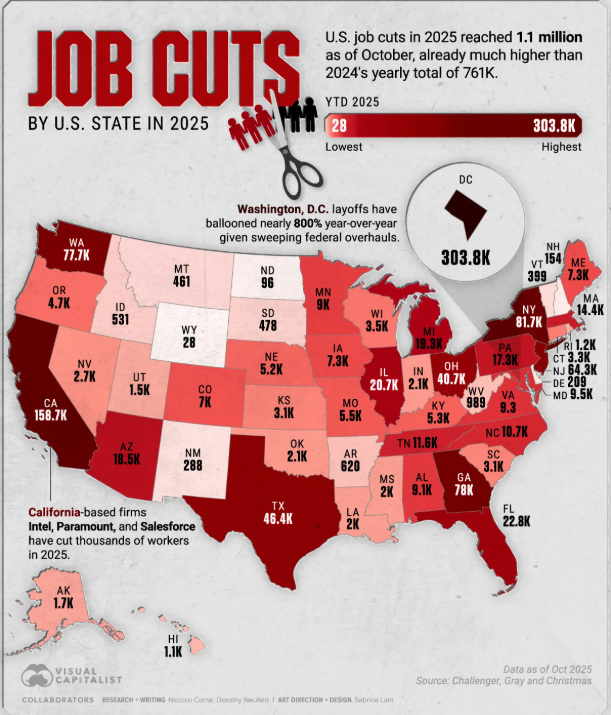Sophistication = Experience + Math
by Mitchell Vexler
“What we have been seeing worldwide, from India to the UK to the US, is the rebellion against the inner circle of no-skin-in-the-game policymaking “clerks” and journalists-insiders, that class of paternalistic semi-intellectual experts with some Ivy league, Oxford-Cambridge, or similar label-driven education who are telling the rest of us 1) what to do, 2) what to eat, 3) how to speak, 4) how to think… and 5) who to vote for.” (Nassim Taleb)
Expanding upon this thought is the use of technology to cover for, or entice, the lack of critical thinking about what and how to invest.
The internet is full of charlatans and fraudsters who promote returns that are not feasible, business models that are economically upside down, designed to create revenue for the middle man who delivers no value, and in many cases delivers economic disaster for the investor. Just as bad, the charlatans want people to believe they, the charlatans, know all about real estate (or stocks) and you (person or corporate) should rely on them instead of learning and doing for yourself. This falls under the advice of “Teach a man how to fish, and he will eat for a lifetime”. [As a side note, the average real estate yield to the largest Pension Funds was 6% in 2020. How is this possible with legions of allegedly smart people and middle men?]
Yes, this problem is not just at the individual investor level, but also at the corporate leadership level and many have fallen into the same trap. The problem has become the one-eyed following the blind, in that the larger the corporate structure, the more CYA problems arise. Many real estate CEOs are pitchmen who have never designed, built, managed or sold an asset on their own weight, and then turn around in their own company and layer analysts and appraisers to create the illusion of backstopping the investment (CYA). Their real skill is not the real estate but the creation of illusion of either their own or the company’s expertise. It comes down to AUM, Assets Under Management. The more AUM, the more revenue the company makes which means the company is the middle man and the middle man is not dependent on the underlying profitability of the Asset. In plain English, the underlying assets is of secondary concern (if at all)
The above is not to say that certain real estate business models are not worth pursuing such as investing in existing B, C, or D quality assets with the idea of fixing them and increasing the rent. The overriding problem with this model is that the assets are old, there are thousands of investors chasing the theory, and the theory has multiple flaws. What if after retrofit, it turns out the local market can’t support an increase in rent??? The point being that finding the true economically viable turn-around investment takes a sophisticated eye and the ability to manage to completion.
On one of our projects, we received a call from a local bank that wants to provide a 70% construction loan to 30% equity. Prior to this some of the lenders were 60-40. The Local Construction Lender provides a 24-month construction term, 24 month mini-perm, and at 4.5% Interest. We created a “what if” spreadsheet, examining and comparing proposals that were received from Mezz Lender, Preferred Equity Lenders, 221d4, PACE, and a combination. Although the IRRs were strong with the Mezz, Pref, and 221d4 the truth is that under all 4 scenarios the cash flow till sale at the property level was minimal which is diametrically opposed to maintaining a healthy property so that when it is ready to be sold, the profits (capital gains) can be maximized. It is also interesting to note that there are lots of issues under the hood with such programs like the 221d4 such as, no step-up basis upon construction completion, BSPRA which is cash not received as part of the loan making the project more expensive ($12-$15K per door) more than conventional financing. Further the 221d4 requires 24% equity as compared to the 30% conventional. The point to the above, is that we have clarity and conventional financing with capital gains goal upon sale is the right strategy to maintain a healthy cash flow during operations and build the property $12K to $15K less per door without all the financial engineering and associated fees. Studying who is getting what money and why, brings us full circle to AUM. The question becomes, what is the real cost of the financial engineering, or Kabuki theater as I like to call it.
Over the years, it has become more apparent, that these academic CEOs (aka charlatans) who feel entitled to run our lives and resident’s lives, are not strong in math or policymaking, and just copy what they saw somebody else doing. They hide from investors and they hide from the public (try and get a response by email from them). They don’t want to study facts. They want to create illusions and the problem with illusions is that they are not based on probabilities.
In investment, probabilities are all that matters. Everything else is just noise. In the options market, probability is measured by Delta, Gamma, Vega, Theta, Rho, as the first derivatives (aka the Greeks), followed by Vomma, Vanna, Speed, Charm, Lamda, which leads to the determination of skew, probability density function and then the current value of options based on implied volatility and the underlying stock price based on the Volatility of Price. It is about creating and managing to a reasonable and probable yield within a reasonable standard deviation of volatility.
At Mockingbird we use this model heavily and then deploy the next level of Monte Carlo Analysis both in terms of value of the underlying and even looking for issues before they arise.
Probability and the math necessary to derive the probability is about critical thinking (aka Sophistication).
The Black Scholes Formula which uses all the above Greeks, has limitations which are:
- the underestimation of extreme moves, yielding tail risk, which can be hedged with out-of-the-money options;
- the assumption of instant, cost-less trading, yielding liquidity risk, which is difficult to hedge;
- the assumption of a stationary process, yielding volatility risk, which can be hedged with volatility hedging;
- the assumption of continuous time and continuous trading, yielding gap risk, which can be hedged with Gamma hedging.
In short, while in the Black–Scholes model one can perfectly hedge options by simply Delta hedging, in practice there are many other sources of risk.
Results using the Black–Scholes model differ from real world prices because of simplifying assumptions of the model. One significant limitation is that in reality security prices do not follow a strict stationary log-normal process, nor is the risk-free interest actually known (and is not constant over time). The variance has been observed to be non-constant leading to models such as GARCH to model volatility changes. Pricing discrepancies between empirical and the Black–Scholes model have long been observed in options that are far out-of-the-money, corresponding to extreme price changes; such events would be very rare if returns were lognormally distributed, but are observed much more often in practice.
Yes, real estate and operating expenses can be hedged with options, but that is an entirely different discussion for another time.
With all the above said, the study of Volatility in Pricing (i.e. product type, demographics, business model) is why Mockingbird designs and builds its own properties, to create a high probability of profit, based on a real model, not emotion or illusion.
Sophistication = Experience + Math








